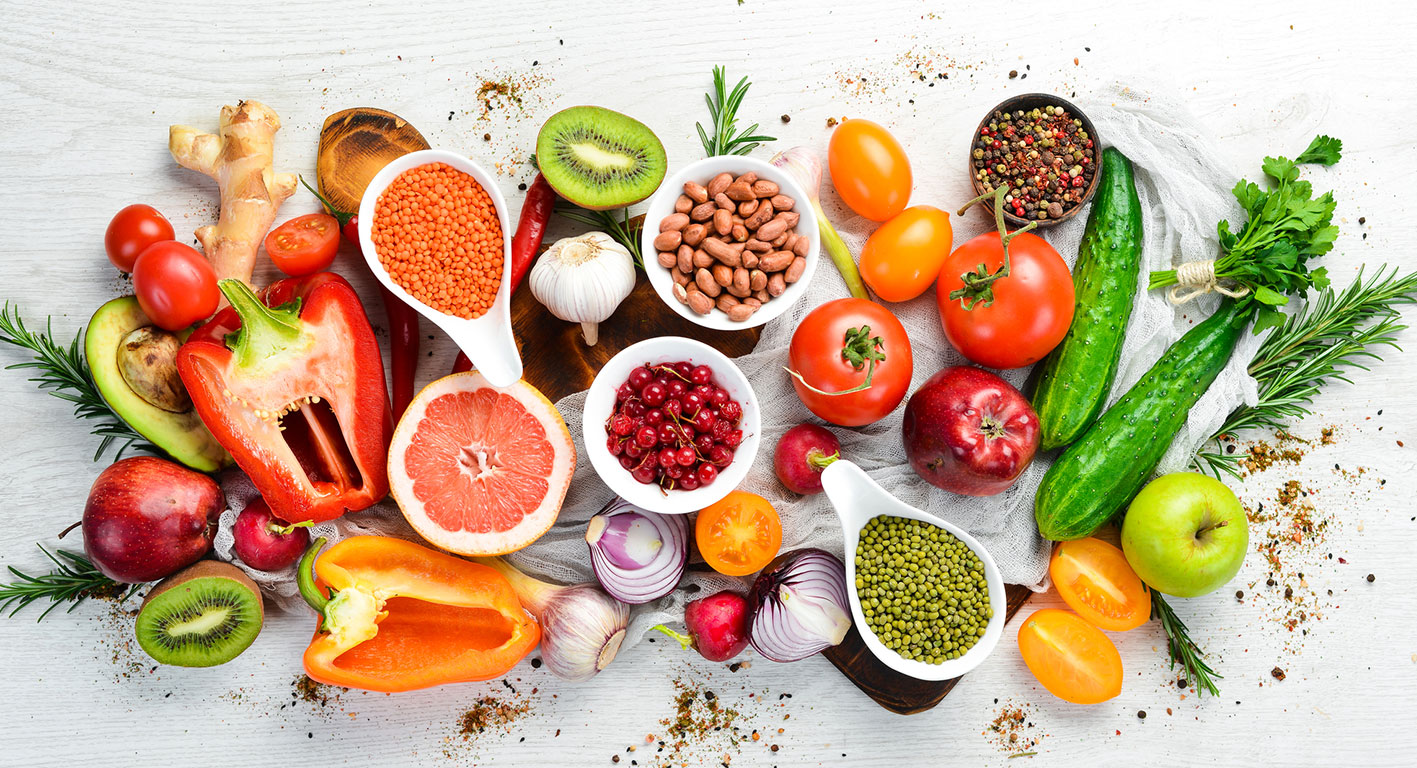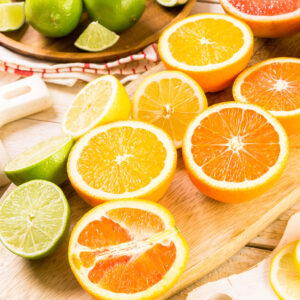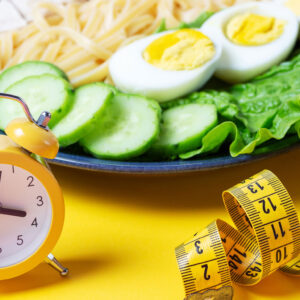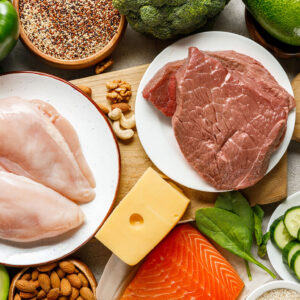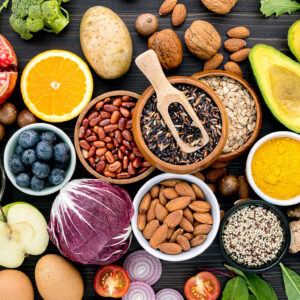High blood sugar, or hyperglycemia, occurs when there is too much glucose (sugar) in the blood. While medication and insulin are common treatments for managing high blood sugar levels, dietary changes can also play a significant role in regulating blood glucose levels.
Here are 10 foods that can help lower high blood sugar levels naturally:
Leafy Greens
Leafy greens like spinach, kale, and collard greens are packed with nutrients such as magnesium, which can improve insulin sensitivity and lower blood sugar levels. A study published in the Journal of the American Medical Association found that consuming magnesium-rich foods was associated with a lower risk of developing type 2 diabetes.
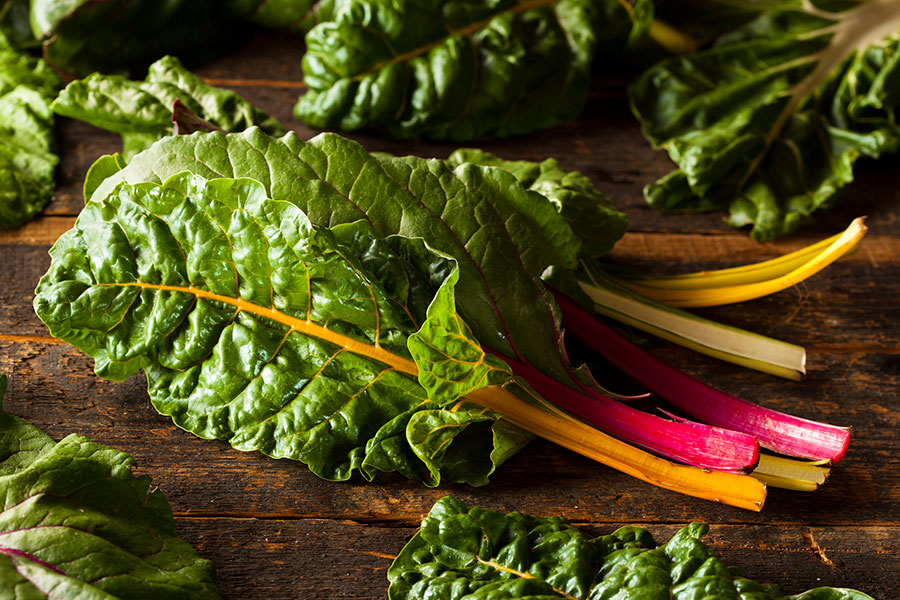

Berries
Berries like blueberries, strawberries, and raspberries are low in sugar but high in fiber, which can help slow down the absorption of glucose in the bloodstream. In addition, berries are rich in antioxidants, which can help reduce inflammation and improve insulin sensitivity.
Whole Grains
Whole grains like brown rice, quinoa, and oats are high in fiber, which can help regulate blood sugar levels. In a study published in the American Journal of Clinical Nutrition, participants who consumed whole grains had lower insulin levels and better blood sugar control compared to those who consumed refined grains.
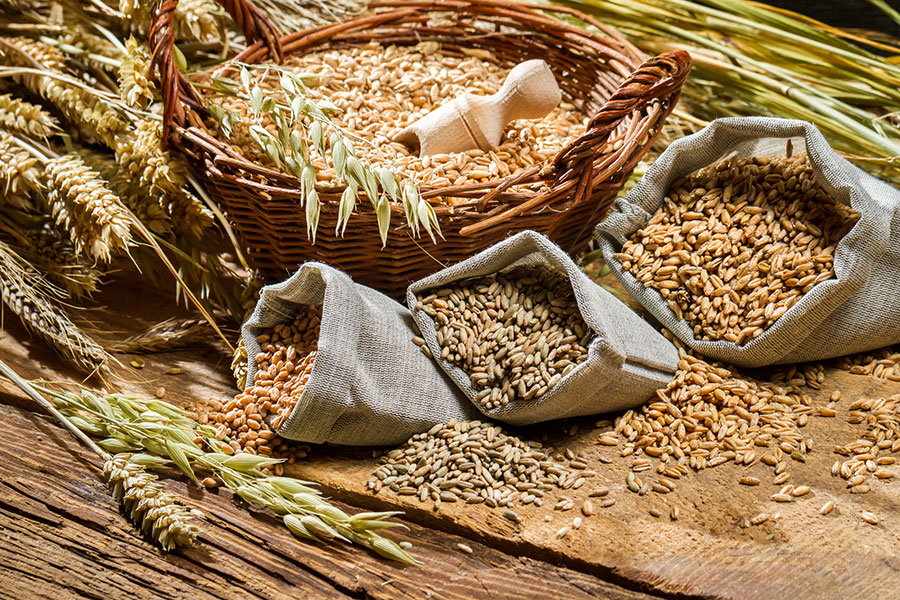

Nuts
Nuts like almonds, walnuts, and pistachios are rich in healthy fats, protein, and fiber, which can help regulate blood sugar levels. A study published in the Journal of Nutrition found that consuming nuts was associated with improved blood sugar control in people with type 2 diabetes.
Avocado
Avocado is high in healthy fats, fiber, and potassium, which can help regulate blood sugar levels. In addition, the monounsaturated fats in avocado can help improve insulin sensitivity. A study published in the Journal of Clinical Lipidology found that consuming avocado was associated with improved blood sugar control in people with type 2 diabetes.


Cinnamon
Cinnamon is a spice that has been shown to improve insulin sensitivity and lower blood sugar levels. A review of 10 randomized controlled trials found that cinnamon supplementation significantly reduced fasting blood glucose levels in people with type 2 diabetes.
Chia Seeds
Chia seeds are high in fiber, protein, and healthy fats, which can help regulate blood sugar levels. In addition, chia seeds contain antioxidants that can help reduce inflammation and improve insulin sensitivity.
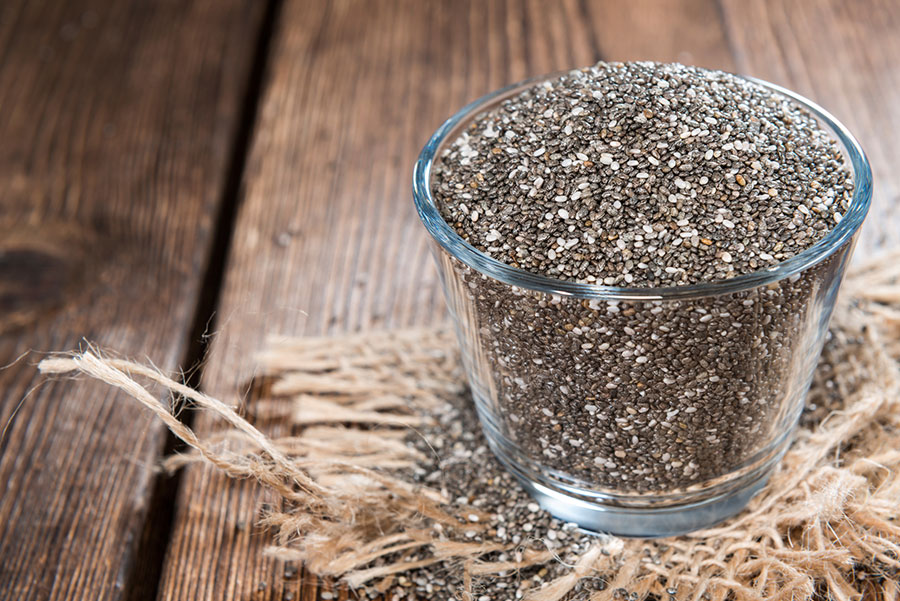
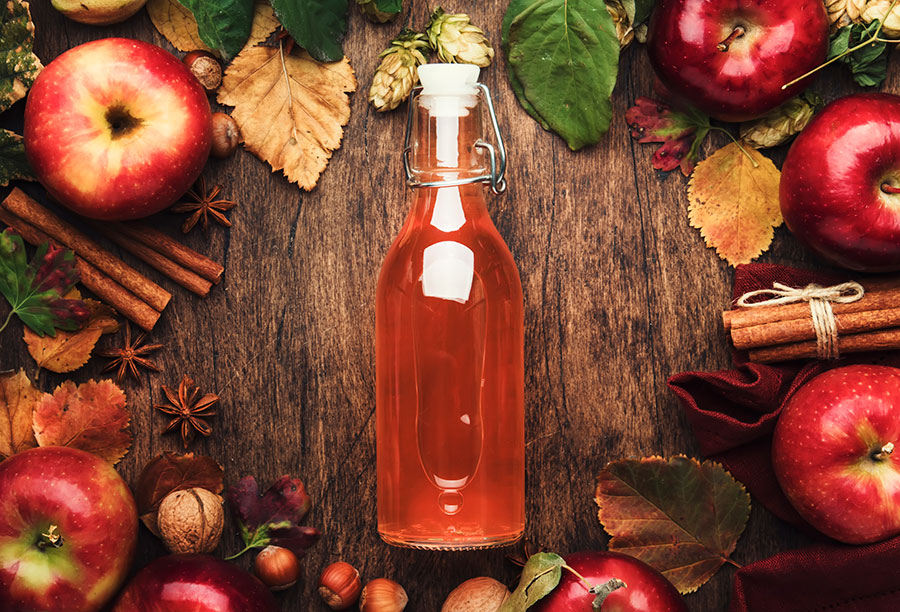
Vinegar
Vinegar has been shown to improve insulin sensitivity and lower blood sugar levels. A study published in Diabetes Care found that consuming vinegar with a high-carbohydrate meal resulted in lower blood sugar levels compared to consuming the meal without vinegar.
Garlic
Garlic is a spice that has been shown to improve insulin sensitivity and lower blood sugar levels. A study published in the Journal of Medicinal Food found that consuming garlic was associated with improved blood sugar control in people with type 2 diabetes.

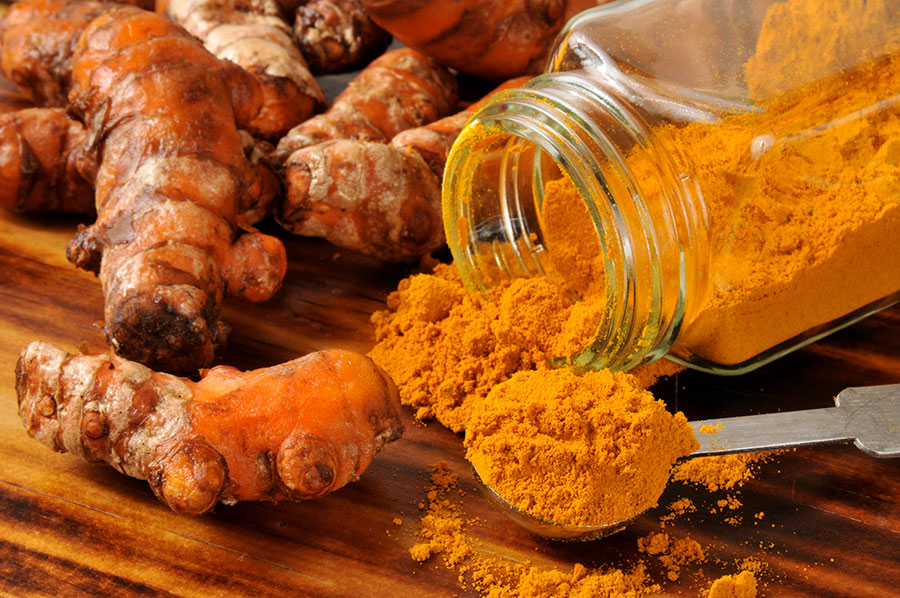
Turmeric
Turmeric is a spice that has anti-inflammatory properties and has been shown to improve insulin sensitivity and lower blood sugar levels. A study published in the Journal of Endocrinology and Metabolism found that curcumin, the active ingredient in turmeric, improved insulin sensitivity in people with type 2 diabetes.
In conclusion, incorporating these 10 foods into your diet can help regulate blood sugar levels naturally. While dietary changes alone may not be sufficient for managing high blood sugar levels, they can play an important role in conjunction with medication and other lifestyle modifications. Consult with your healthcare provider before making any dietary changes, especially if you have a medical condition like diabetes.
